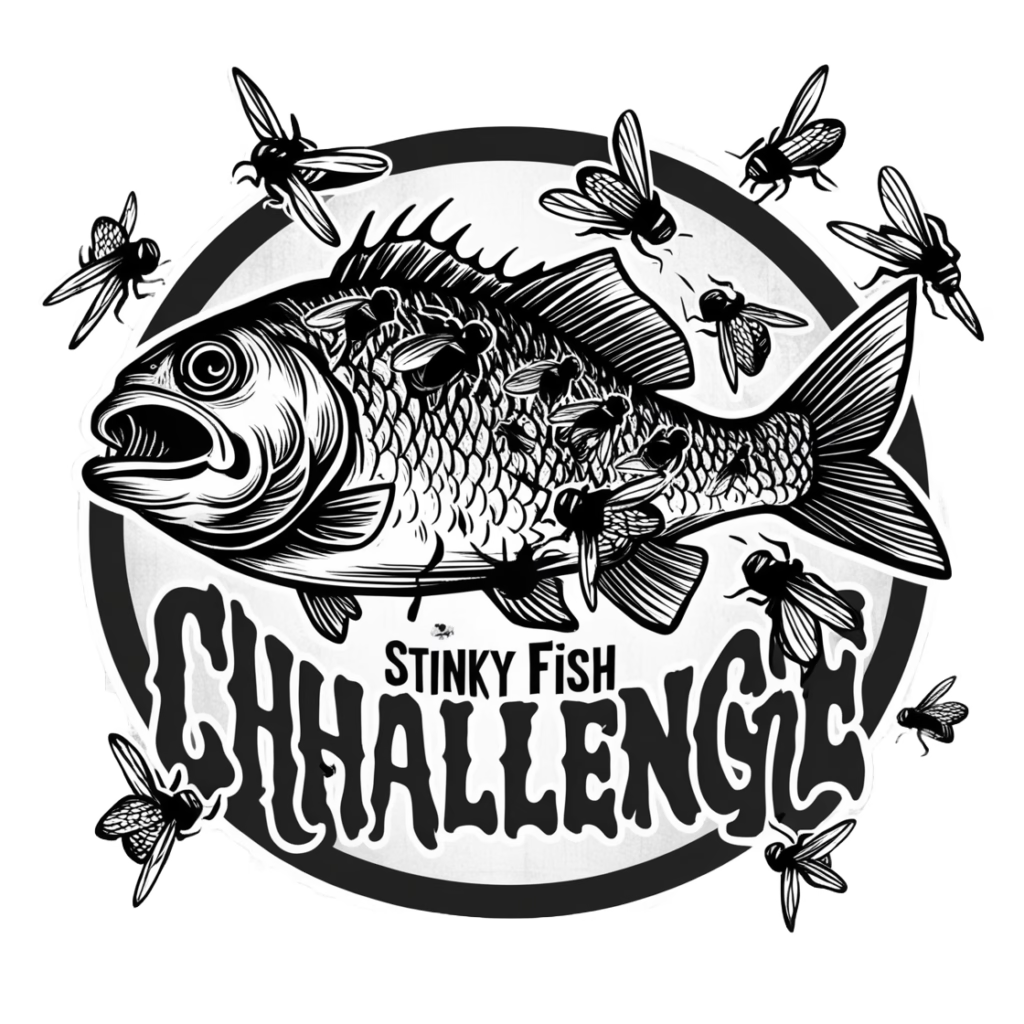Uncategorized
Surströmming: A Sustainable Seafood Choice?
Let’s dive right into the curious and often malodorous world of Surströmming, and examine its sustainability. Surströmming, for the uninitiated, is a traditional Swedish delicacy made from fermented Baltic Sea herring. Its aroma is… let’s say… ‘distinctive’, and it’s considered an acquired taste. But don’t let that scare you off! This little fish has big potential in the realm of sustainable seafood.

Firstly, Surströmming is harvested from the Baltic Sea, a fairly productive fishing ground. The fish used for Surströmming, Atlantic herring, has been assessed as having healthy stocks in this region. It’s also worth noting that the methods used to catch herring – pelagic trawling – have less impact on the seafloor compared to some other fishing techniques. Yet, we must admit, more research is needed to definitively state the overall sustainability of herring fishing in the Baltic Sea.
When it comes to the production of Surströmming, it’s a fascinating process that has stood the test of time. The fish are caught in the spring, left to ferment in barrels, and then tinned to be consumed throughout the winter. This traditional fermentation process not only gives Surströmming its unique flavor but also serves as a preservation method, allowing for a longer shelf life without the need for refrigeration. In this way, Surströmming represents a sustainable form of food preservation with a low energy footprint.
However, it’s crucial to enjoy Surströmming in the right way. Traditionally, it’s eaten with flatbread, butter, boiled potato, chopped onion, tomato, and fresh dill. Some adventurous eaters might add sour cream or Västerbotten cheese. The combination of these ingredients creates a balance that mellows the sharp, intense taste of the Surströmming, making it an enjoyable experience (we promise!).
One interesting fact about Surströmming is its status as a somewhat controversial food item, with the public divided into ‘Surströmming lovers’ and ‘Surströmming haters’. Some folks even make ‘extreme eating’ videos about it on YouTube! But let’s be clear: Surströmming isn’t about being daring or trying out ‘weird’ foods. It’s about appreciating a traditional dish that has been part of Swedish culture for centuries.
In summary, while more research is needed to definitively establish Surströmming’s sustainability, its production process and the traditional preservation method used offer promising signs. So, next time you’re in the mood for some sustainable seafood, why not consider Surströmming? Just remember to open the tin outdoors!
What are your thoughts on Surströmming? Would you give it a try? Share your comments below and don’t forget to share this article with your seafood-loving friends!
